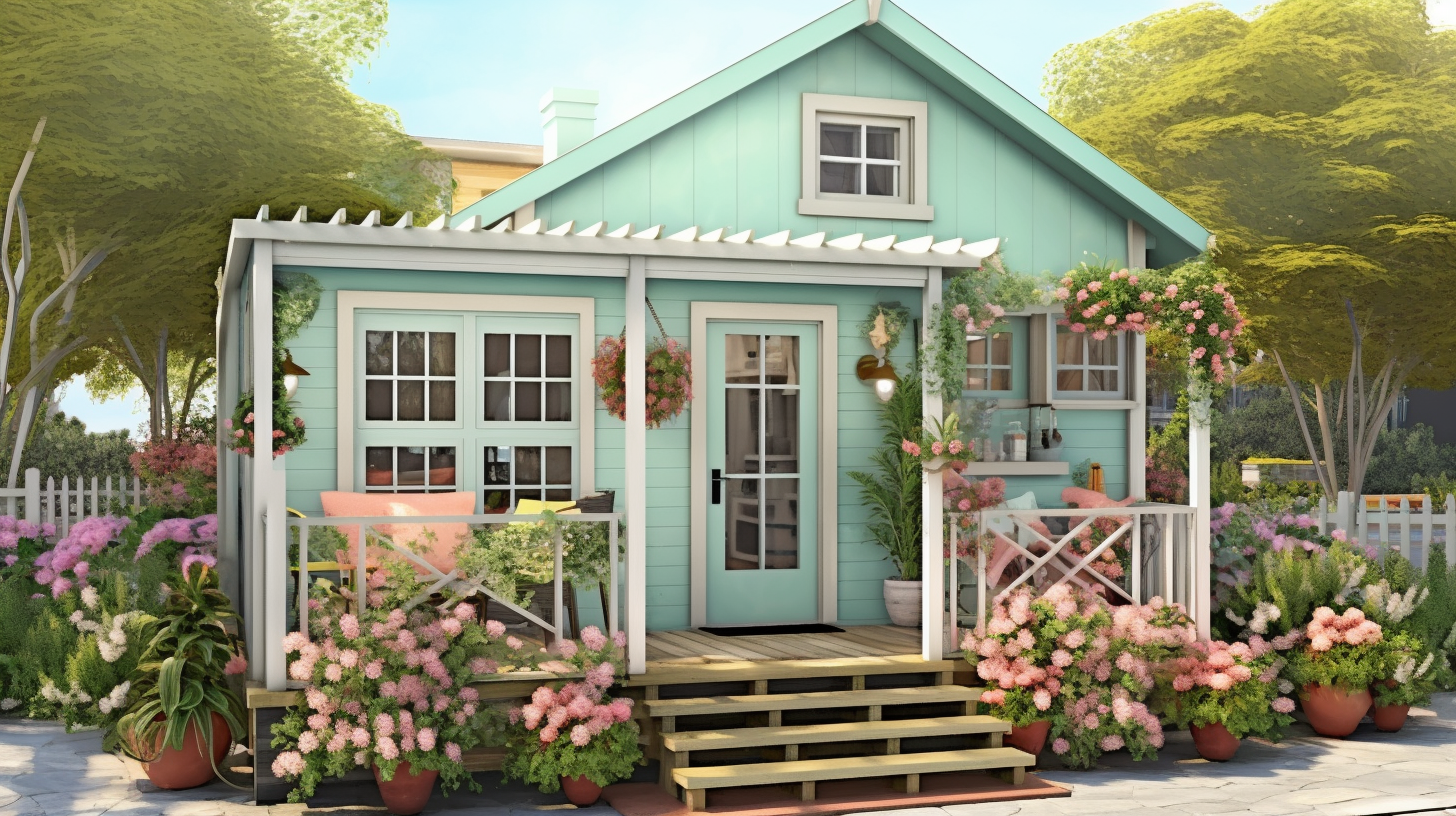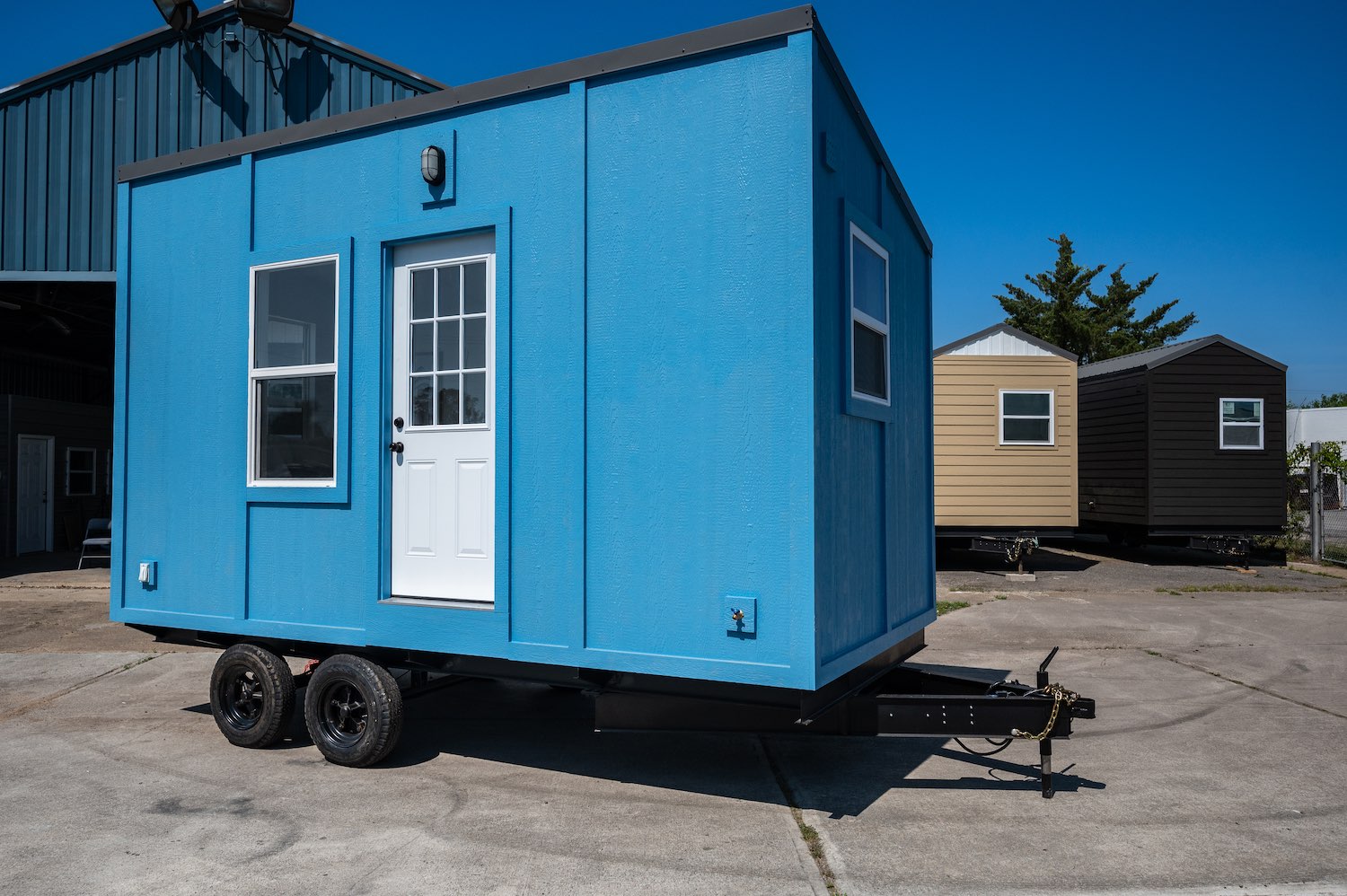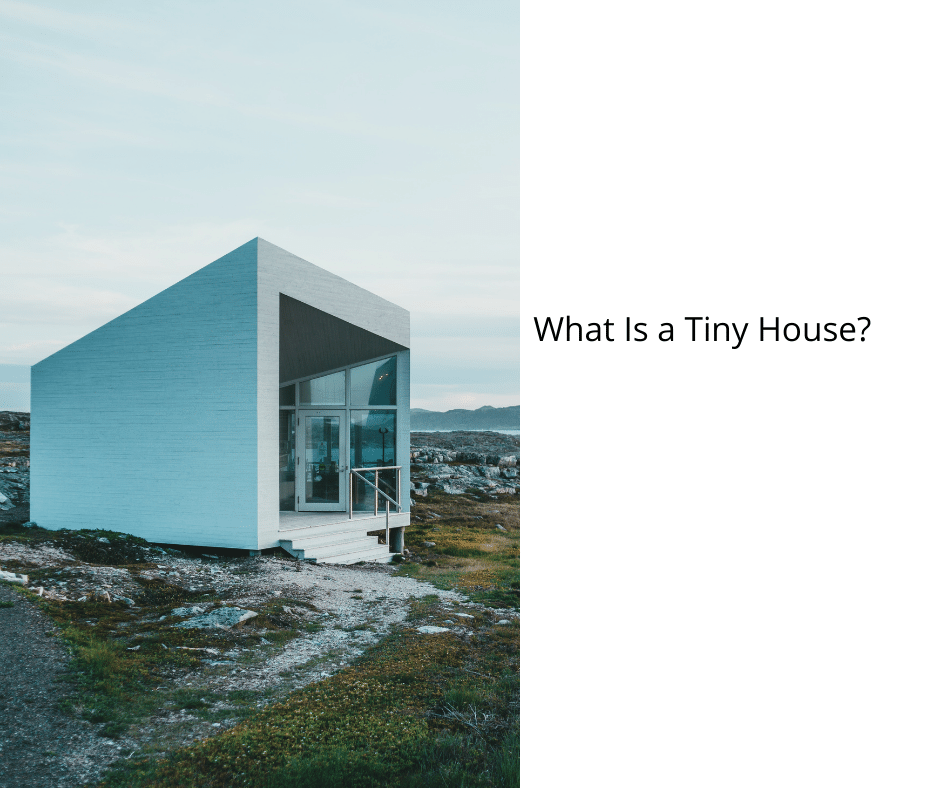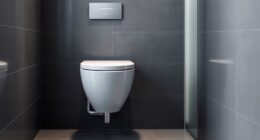Small Homes: A Perfect Choice for Senior Citizens
For many aging adults, the thought of retirement can be both exciting and daunting. While the prospect of more free time and relaxation is appealing, the idea of downsizing and simplifying one’s life can feel overwhelming.
However, one option is gaining popularity and could be the perfect solution for those looking to embrace a simpler lifestyle: tiny homes. These diminutive dwellings, typically ranging from 100 to 400 square feet, offer not only a more affordable living option but also a way for aging adults to maintain their independence and live their best lives.
The benefits of tiny homes for aging adults are numerous. From improved physical and mental health to increased customization and accessibility, these compact living spaces can provide a way for older adults to age in place comfortably and happily. With the ability to personalize and add features like grab bars and wheelchair ramps, tiny homes can be adapted to meet the specific needs of each individual.
And with fewer possessions and maintenance requirements, tiny homes can offer a simpler, more fulfilling retirement lifestyle.
This article will explore the benefits of tiny homes for aging adults and why this housing solution may be the perfect fit for those looking to downsize and simplify their lives.
Key Takeaways
- Tiny home living can provide physical and financial benefits for older adults, including a simpler and stress-free lifestyle, improved physical and mental health, and cost savings on utilities, taxes, repairs, and maintenance.
- Customizable features such as wheelchair ramps and handrails can help older adults age in place safely, while living in a central location can make it easier to attend doctor appointments and run basic errands.
- Tiny house communities can increase social interaction and regular socialization, which can help combat loneliness and isolation, major issues for the senior community.
- Downsizing from a family home after retirement can help older adults live a fulfilling retired lifestyle and achieve more freedom and mobility.
Benefits of Tiny Home Living
The physical and financial benefits of downsizing to a tiny home make it an attractive option for older adults seeking a simpler, more fulfilling retired lifestyle. Retirement planning can be a difficult process, especially as one ages and physical limitations become a factor. Tiny home living offers the opportunity to reduce living expenses, which can be especially important for those living on a fixed income. This can lead to a more relaxed and stress-free retirement, allowing seniors to focus on their passions and hobbies.
In addition, living in a rural area can be an appealing aspect of tiny home living for older adults. Rural living provides a slower pace of life, with more opportunities for outdoor activities, such as gardening or hiking. This can improve physical health, as well as mental well-being.
Additionally, living in nature can provide a sense of peace and tranquility that may be lacking in urban or suburban areas.
Customization and Accessibility
Customizing and incorporating accessibility features into a compact living space can enhance the living experience and promote safety for individuals with varying physical abilities. Design considerations should include features such as a single-story floor plan, wider doorways, and lever-style door handles. These features can allow for easy maneuverability for individuals with mobility issues or those who require the use of a wheelchair or walker.
Aging in place solutions should also include grab bars, non-slip flooring, and adequate lighting. These features can help prevent falls and promote safety in the home. Additionally, incorporating smart home technology can provide convenience and accessibility for individuals with limited mobility. Overall, customization and accessibility features can promote a safe and comfortable living environment for aging adults in a tiny home.
| Design Considerations | Aging in Place Solutions | Smart Home Technology |
|---|---|---|
| Single-story floor plan | Grab bars | Voice-activated assistants |
| Wider doorways | Non-slip flooring | Automatic lighting |
| Lever-style door handles | Adequate lighting | Smart thermostats |
| Open floor plan | Zero-step entry | Electronic door locks |
| Accessible kitchen and bathroom | Walk-in shower or bathtub | Home monitoring systems |
Improving Physical and Mental Health
Incorporating features that promote physical and mental well-being can lead to a more fulfilling and comfortable living experience for those seeking to age in place in a compact environment. Tiny homes offer a unique opportunity to customize living spaces to fit individual needs, making it possible to create an environment that promotes healthy living.
Outdoor activities are a great way to stay active and improve physical health, and living in a tiny home provides ample opportunities to enjoy the great outdoors. For example, homeowners can incorporate a garden or a small patio area to enjoy fresh air and sunshine. Additionally, tiny home communities often offer shared outdoor spaces, such as parks or walking trails, which provide a chance for residents to engage in physical activity and socialize with others.
These opportunities for outdoor activities can lead to a more active and healthy lifestyle, which can ultimately improve overall well-being.
Socialization opportunities are also essential for maintaining mental health and emotional well-being, and tiny home communities can provide a sense of community and support. Residents can participate in community events and activities, such as potlucks and game nights, allowing them to build relationships with their neighbors and create a sense of belonging.
Moreover, tiny homes are often located in rural areas, which can provide a sense of peace and relaxation, creating an environment that promotes mental wellness. By incorporating outdoor activities and socialization opportunities, tiny home living can create a fulfilling and healthy experience for aging adults seeking to age in place.
Frequently Asked Questions
How much does it cost to build a tiny home and what factors affect the cost?
The cost of building a tiny home can vary depending on a variety of factors, such as the building materials used and the labor costs involved. Building materials can range from affordable options like reclaimed wood and recycled shipping containers to more expensive materials like high-quality insulation and energy-efficient windows.
Labor costs can also vary depending on the builder’s experience, location, and the complexity of the design. Additionally, other factors like permits, site preparation, and utility connections can add to the overall cost of building a tiny home.
It is important to research and carefully consider all of these factors before embarking on a tiny home building project.
Are there any regulations or restrictions on where you can park a tiny home?
Zoning regulations and parking options are important considerations for those looking to park their tiny homes. In many places, zoning regulations can restrict the use of a tiny house as a permanent residence and limit where they can be parked. It is important to research local zoning laws and building codes to ensure compliance.
Additionally, finding suitable parking options can be a challenge, as many traditional RV parks and campgrounds may not allow tiny homes. However, there are also communities and organizations dedicated to providing parking options for tiny homes, such as intentional communities and tiny home villages.
It is important to carefully consider zoning regulations and parking options before embarking on a tiny home lifestyle.
How do you handle waste management and utilities in a tiny home?
In a tiny home, waste management and utilities can be handled through the use of composting toilets and off-grid systems.
Composting toilets are a popular option for tiny homes as they are environmentally friendly, eliminate the need for a septic system, and can be used to fertilize plants.
Off-grid systems, such as solar panels and rainwater collection, can provide a sustainable source of energy and water.
Maximizing space and storage solutions can also help with waste management and utilities by reducing the amount of space needed for appliances and storage.
While living in a tiny home may require some adjustments, these solutions can provide a sustainable and cost-effective way to live.
Can you have pets in a tiny home?
According to a recent survey, nearly 70% of tiny home owners have pets, indicating that pet friendly policies are important for those considering downsizing to a tiny home.
When it comes to elderly pets, it’s essential to ensure that their needs are met, especially as they age and require more care.
While tiny homes can be customized to fit the needs of their owners, it’s important to consider the needs of their furry friends as well.
Some tiny home communities have even implemented pet-friendly policies, including designated areas for dogs to run and play.
Ultimately, the decision to have pets in a tiny home should be made with careful consideration of the pet’s needs and the ability of the owner to provide adequate care.
What are some challenges that come with downsizing to a tiny home and how can they be overcome?
Maximizing space and overcoming emotional attachment are two common challenges that come with downsizing to a tiny home. With limited space, it’s important to carefully consider each item that will be brought into the new home and to maximize storage options. This can be done through creative solutions such as built-in furniture and multi-functional pieces.
Emotional attachment to possessions can also make downsizing difficult, but it’s important to remember that memories are not tied to physical objects. One strategy is to take photos of sentimental items and create a digital album. Another option is to donate or pass down items to family members who will appreciate them.
It’s also important to focus on the benefits of downsizing, such as financial freedom and a simpler lifestyle. Planning ahead and being intentional with each decision can make the transition to tiny home living a positive and fulfilling experience.
Conclusion
In conclusion, the benefits of tiny homes for aging adults are numerous and cannot be overstated. With the ability to customize and add accessibility features, tiny houses can provide a comfortable and safe living space for seniors. The financial benefits of tiny home living are also significant, as it allows for downsizing and simplifying one’s life. Moreover, the freedom and mobility of tiny homes can lead to a more fulfilling retired lifestyle.
However, it is important to note that tiny house living is not for everyone. It requires a certain level of adaptability and willingness to downsize. Moreover, the lack of space can be challenging, especially for those with mobility issues or disabilities. Therefore, it is important to carefully consider one’s needs and abilities before considering tiny house living.
In the end, tiny homes can be a great solution for aging adults looking to downsize and simplify their lives. With the right customization and accessibility features, tiny houses can provide a safe and comfortable living space for seniors. However, it is important to weigh the benefits and drawbacks before making a decision. Ultimately, the key is to find a living situation that fits one’s needs and lifestyle, whether that be a tiny home or something else entirely.
Hi, I’m Emma. I’m the Editor in Chief of Tiny House 43, a blog all about tiny houses. While tree houses are often associated with childhood, they can be the perfect adult retreat. They offer a cozy space to relax and unwind, surrounded by nature. And since they’re typically built on stilts or raised platforms, they offer stunning views that traditional homes simply can’t match. If you’re looking for a unique and romantic getaway, a tree house tiny house might just be the perfect option.










